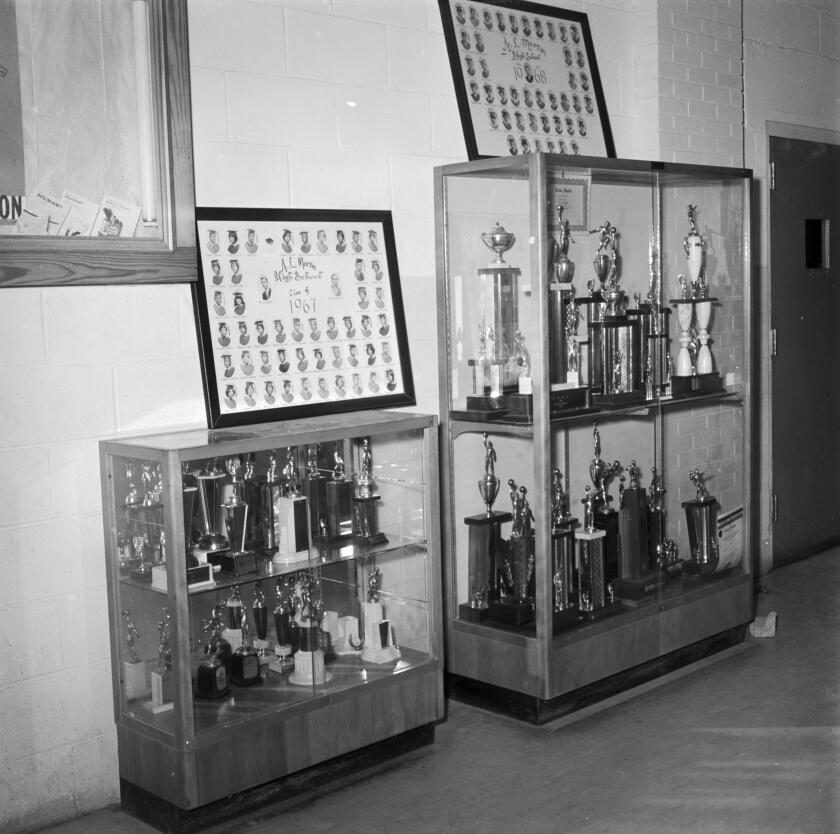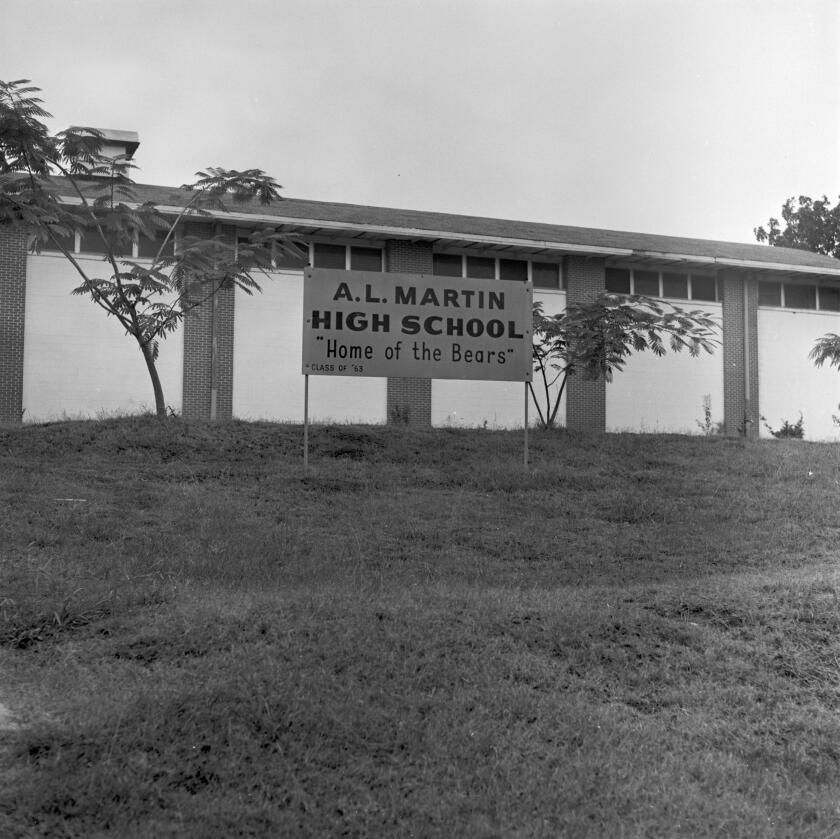While I was in Wilcox County, I wondered: How would things be different if the segregation academy didn’t exist? Locals I met in the county seat of Camden mentioned another small town just a short drive over the county line where people had chosen a different path.
So I headed to Thomasville, Alabama, to meet current school leaders and a group of Black former students who were on the front lines during desegregation. They described the critical turning points when Black and white residents alike made decisions that resulted in integrated public schools and a very different future for the town’s schoolchildren.
When Jim Emerson arrived in rural Alabama’s Wilcox County to work as a paper mill executive, he saw opportunities for development in its rolling hills, lush riverbanks and charming small-town county seat of Camden.
He tried to steer new hires toward moving there.
Many of the paper mill’s new employees instead moved to Thomasville, a small town in a neighboring county.
In Thomasville, Emerson sees what Camden could have been.

(ProPublica/Lt. R.C. Brooks of the Alabama Highway Patrol/Alabama Department of Archives and History)
Several former A.L. Martin students recalled that when they arrived at Thomasville High, they were sent to separate classrooms from the white students. Gone were their Black coaches. Their principal was relegated to a job as the superintendent’s clerk.
“It destroyed the fabric of the community. This was the nucleus of the Black community,” said G.B. Quinney, a student then who’s now director of a museum in the A.L. Martin building.
By fall 1971, they’d had enough. Every Black student got up and walked out of school together in protest. A large majority stayed out for nearly the entire school year, organizing protests and a boycott that cost local white businesses money. Their demands included eliminating segregated classes, hiring a Black administrator and more Black teachers’ aides, and increasing the participation of Black teachers in planning school activities.
What happened next separates Thomasville from Camden and many other Black Belt areas.
White leaders eventually invited Black protestors to negotiate a return to school — and to their businesses. Many white parents also either never left the public schools or did so but soon returned.
Some students also transferred from Wilcox County to Thomasville “to escape the almost all-black Wilcox County public schools and to avoid the cost of tuition at private academies,” according to a U.S. Commission on Civil Rights report issued in 1983.
In the 1970s, the chair of the Thomasville school board also stood firm: The district would not hire teachers who sent their children to private schools, nor would it beg students who left to return.
The superintendent agreed: “If they leave, I don’t want them back.”
In 1987, the segregation academy in town closed. Today, Thomasville High School’s students are about 60 percent Black and 40 percent white, far more integrated than many schools in Alabama’s Black Belt.
Annette Davis was in 10th grade when the district moved her class from A.L. Martin to the white high school in 1969, the year before the entire school was merged. She was among the student protesters who were arrested.
Today, when she returns to Thomasville High for football games and other events, she is proud to see white and Black students in class together — and a Black principal at the helm. “When I walk into that school now, I feel good,” Davis said.
Many families who can afford private school tuition still choose the city’s public schools. They use their resources to help other students with everything from transportation to winter coats and wrestling uniforms. They become alumni who support the school through fundraisers involving their businesses, Thomasville Superintendent Vickie Morris said.
In downtown Thomasville, a sign in a storefront reads, “Let’s Go Tigers!” — the public high school mascot.
In contrast, a sign in the window of a downtown Camden business reads, “Proud Supporters of the Wilcox Wildcats” — the local private academy.

(ProPublica/Lt. R.C. Brooks of the Alabama Highway Patrol/Alabama Department of Archives and History)
Morris, the current superintendent, described parents from surrounding districts, who pay $400 a year to transfer students in, tearfully begging her to admit their children when classes are full. “We are the choice,” she said.
Among those transfers are 71 students from Wilcox County.
“It shows you what can happen when the community makes up its mind not to be divided,” said Emerson, the paper mill executive who’s now retired. Wilcox County’s white citizens chose another path in the 1970s, “which, in retrospect, was a very, very bad decision.”
This article was first published by ProPublica. Read the original article.








